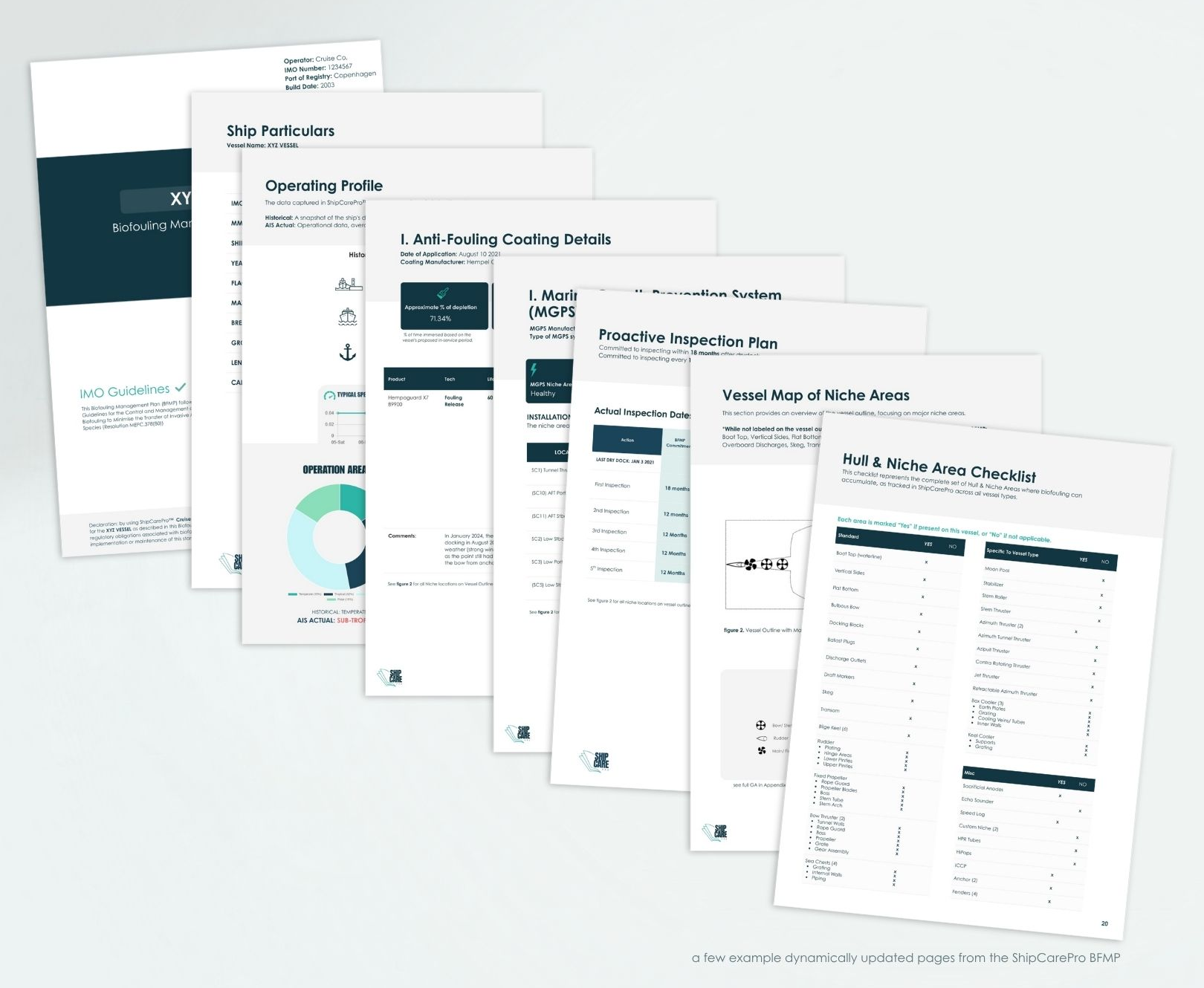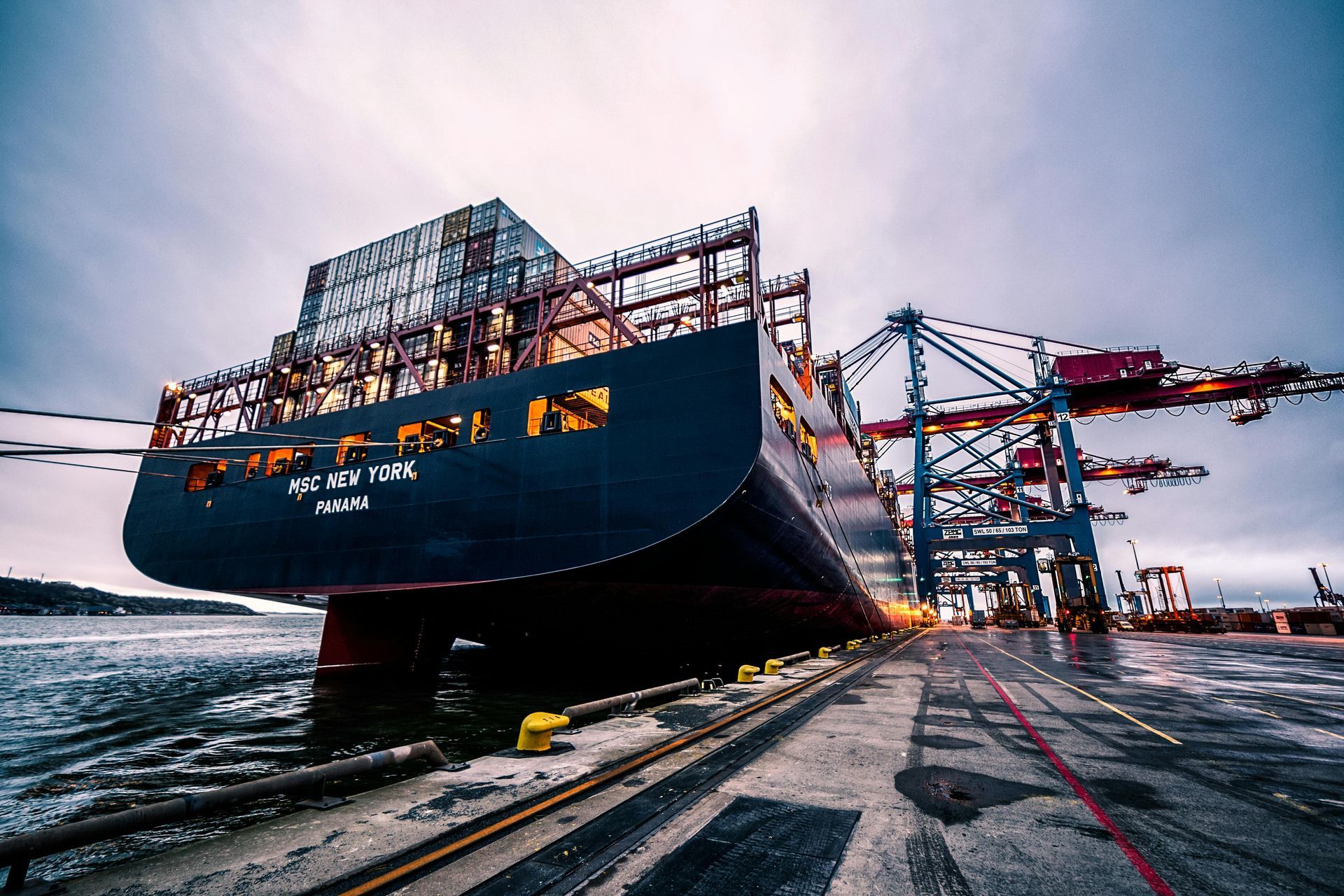Brazil’s New Biofouling Rules: What You Need to Know (and Do)
Here’s what you need to know, before Feb 2026!
The rules are already in effect (since 17 June 2025), but full enforcement starts February 1st 2026.
In vessel maintenance terms, that’s tomorrow.
Unfortunately, invasive species don’t usually find enough natural predators in new environments to keep them in check… which is why these rules exist in the first place.
1. Hull Condition: Rating 1 or Lower...
Please don’t shoot the messenger on this one, but you can't have barnacles or “hard growth,” only light slime and we know that’s extremely challenging...
Quick Tip: Assign one crew member to check the waterline and niche areas in port or at anchor. If it’s more than light slime, note it in the record book and arrange an in-water clean before it progresses any further. A wipe-down now is far easier (and cheaper) than scraping later. And to make things more complex, scraping can ruin your coatings, which then just adds another bill to the pile.

Figure 1: Rating scale to assess the extent of fouling. Source: IMO MEPC 80/17/Add.1 / NORMAM-401/DPC

2. In-water cleaning is allowed, but...
- You'll need 10+ days’ approval before arrival
- You'll need waste capture — meaning Brazil wants it collected, filtered, and disposed of properly...
- Find out port-specific rules checked in advance, you can use our
FREE email template to help remove some back and forth.
3. Two Documents You Must Have (NORMAM-401/DPC)
- Biofouling Management Plan (BFMP) – vessel-specific, 2023 IMO format
- Biofouling Record Book (BFRB) – log all inspections, cleanings, and fouling assessments.
If your BFMP is following the 2011 IMO template, not the 2023 version, copied from another vessel, or hasn’t been touched in years, update it now — not in January. And yes, we might just know
someone who can help you with this 😉.


Figure 2: Brazilian maritime biogeographic regions. Source: NORMAM-401/DPCscale to assess the extent of fouling. Source: IMO MEPC 80/17/Add.1 / NORMAM-401/DPC
4. You might be exempt?
There's a small chance that you can ignore this whole post IF you're a Navy vessel OR operate a vessel that hasn't left Brazilian waters since last dry-docking OR certain oil and gas units. But even then, you still need to avoid harmful discharges. No true free passes here.
5. The Fines...
If you’re heading to Brazil, don’t wait. Domestic and foreign vessels alike are in scope. Non-compliance can mean fines from BRL 500 up to BRL 50 million, plus delays, cleaning orders, or denied entry.
6. Our Take!
We get that biofouling control is just one of dozens of things on your radar — right up there with schedules, crew changes, and the coffee machine breaking at the worst possible time. But it’s also one of the few that can literally delay operations if ignored.
We wish we had better news, but the upside is we can at least take part of this off your plate. We can set you up with an
automated BFMP and Record Book that stays up to date in automatically — so it’s one less thing to manage, and a little more time back in your day.
Bottom line: February’s coming fast.
Having a BFMP Isn’t Always Enough...
Why Generic BFMPs Get Rejected at Stricter Ports
A static BFMP might get you through some ports — but
can be denied at stricter ones because:
- Following Old 2011 IMO Template
- Doesn't Meet Regional Standards
- Not Vessel-Specific (or Copy/ Pasted)
- Too Vague
An existing plan is “good enough” — until it gets flagged during inspection.
ShipCarePro: Built for the Next Era of Biofouling Management
ShipCarePro creates adaptive BFMPs & Record Books — i.e. plans that reflect changing risk (not static)
✔ Always aligned with the latest IMO & all regional formats
✔ Your docs stay auto-updated using AIS data, inspection reports
✔ Tracks AFC life & MGPS
✔
Designed to fully document niche areas and their sub-components
We’re not just digitizing documents — we’re helping fleets stay ahead. As port rules tighten, ShipCarePro keeps your plans updated. Just log in, re-download, and submit for entry.

